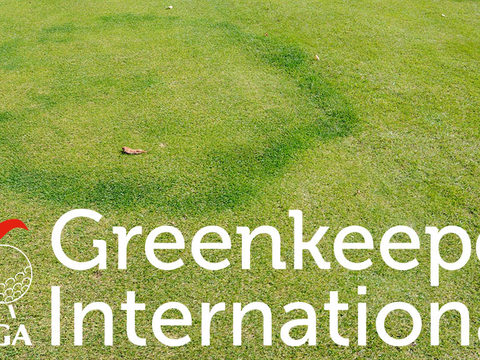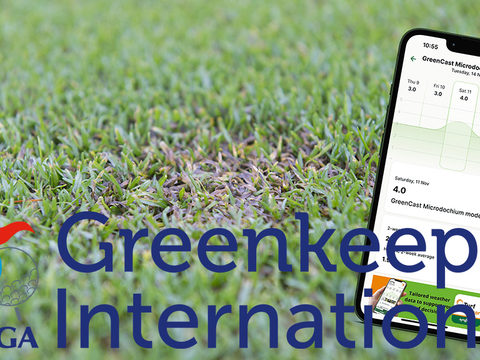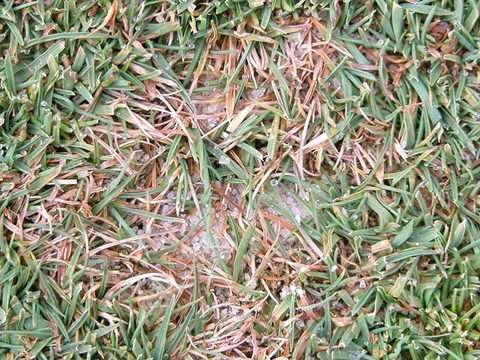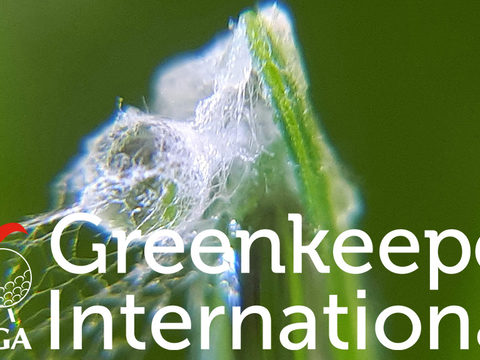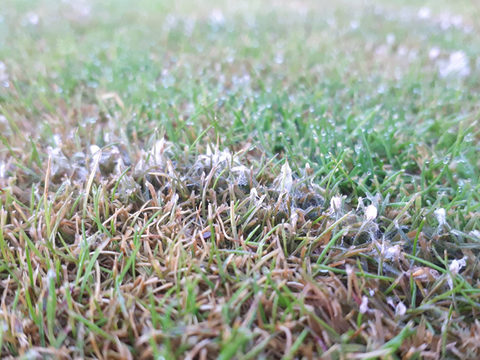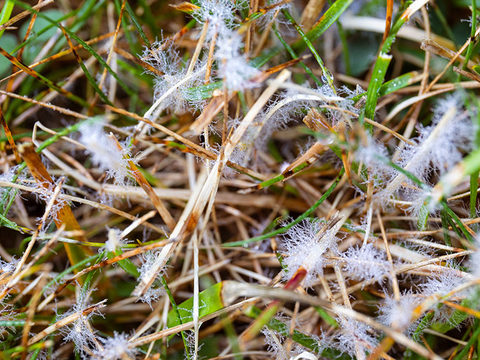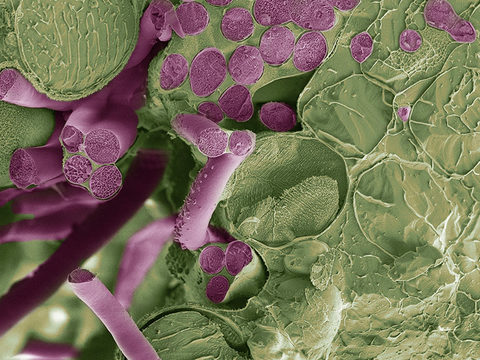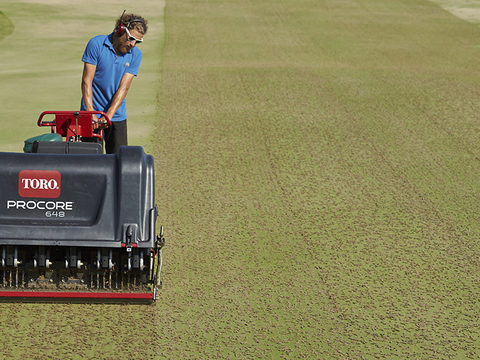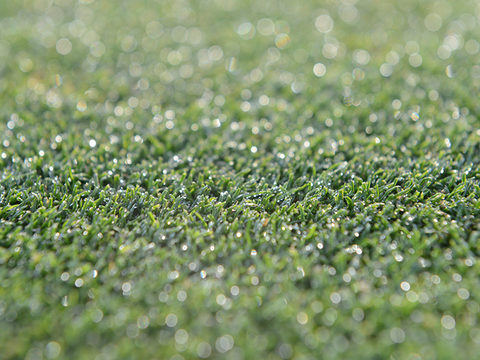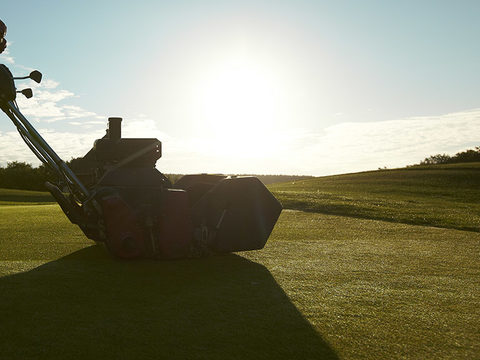Weather watch for winter risks
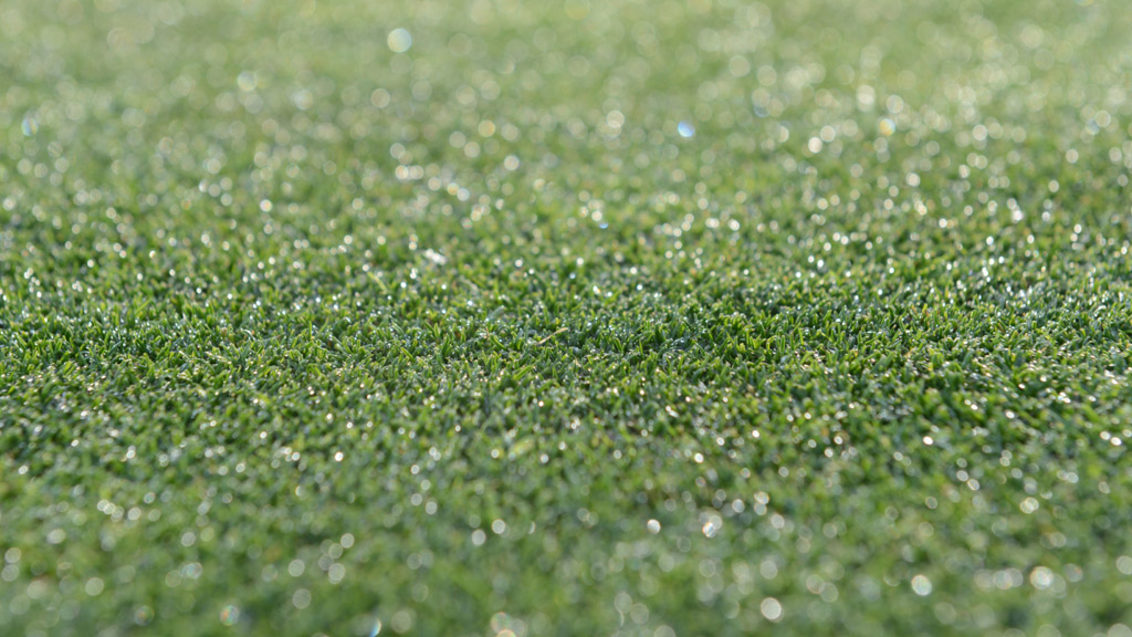
Weather records bear testament to the generally warming winter conditions, with every December since 2011 being at or above the long-term average. It has also been wetter than average in seven of the past eight years.
Wet and warmer weather conditions, highlighted by conditions last year, typically result in extremely challenging conditions for Microdochium (Fusarium) Patch.
December 2016 Weather - Highs ‘n’ Lows |
|
|
|
|
The key saving factor this season, so far, has been that turf growth has enabled some recovery from summer drought effects and where disease outbreaks have hit. As cold spells increase in frequency, that growth will decrease - but the legacy of the disease pathogen in turf remains.
Historically, in December, you could have expected an average 10 nights with frost in southern England, and 14 nights in Scotland. However, that is far from the norm in recent years (Table 1).
Table 1. UK weather records since 2011 highlight the consistently warmer and wetter conditions that have been experienced in December, compared to a 30-year long-term average – creating real challenges for turf management. | ||||||||
Av Temp (°C) | Sun (hours) | Rain (mm) | Nights with air frost | |||||
2017 | 4.1 | +0.2 | 45 | +15% | 122 | +1% | 12 | +1 |
2016 | 5.9 | +2.0 | 41 | +3% | 78 | -33% | 6 | -5 |
2015 | 7.9 | +4.0 | 29 | -28% | 219 | +82% | 2 | -9 |
2014 | 4.4 | +0.5 | 57 | +40% | 133 | +10% | 10 | -1 |
2013 | 5.7 | +1.8 | 42 | +3% | 188 | +56% | 4 | -7 |
2012 | 3.9 | 0 | 46 | +13% | 179 | +49% | 11 | 0 |
2011 | 4.8 | +1.0 | 39 | -5% | 168 | +40% | 7 | -4 |
Long-term av. | 3.9°C | 41 hrs. | 121 mm | 11 days | ||||
You have to go back to 2010 for a truly cold December, when the average temperature for the UK for the whole month was below freezing at -0.9°C and 23 nights of frost that blanketed almost all the country.
Higher rainfall and warmer temperatures can be particularly conducive to disease outbreaks. Weather and disease forecasting plays a key role to predict risks and indicate when controlling action can be taken. |
Proactive disease prevention
The prospect of persistently wet surfaces, which don’t dry naturally in short, cool December days, significantly increases the risk of Microdochium Patch; the pathogen thrives in wet surface conditions.
Early reports indicate that, after the incidence of disease outbreaks in November, there’s likely to be a high level of Microdochium inoculum present. Applications of Medallion TL can reduce the pathogen loading in the thatch, and deliver long-term contact protection for the turf leaf.
Where it is possible to foresee periods of disease risk using GreenCast, there is potential to get the best protection from proactive applications of Medallion TL, or Instrata Elite in milder conditions.
December Top Tips |
|
|
|
|

